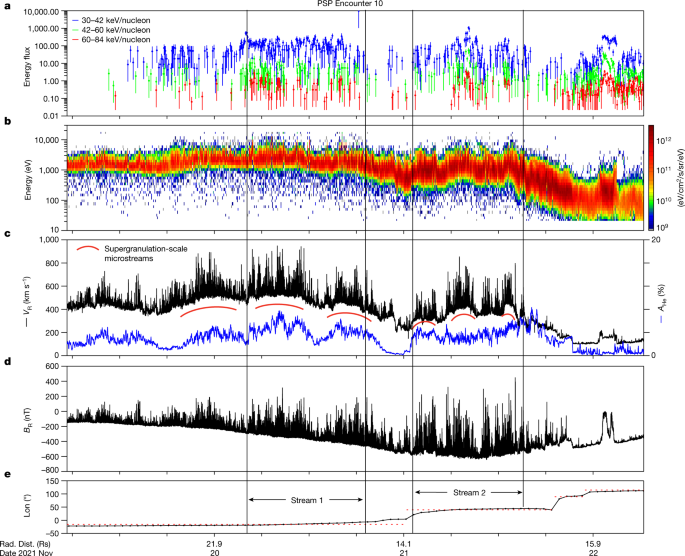2023-06-05 ジョージア工科大学

Newly Developed Carbon Membranes Enable Efficient Removal and Concentration of Organic Molecules from Water
◆この炭素膜は、バイオリファイナリーなどの分野で貴重な有機物を効率的に濃縮するために利用される可能性があります。これにより、蒸留や蒸発などの熱エネルギーを必要とする後工程の精製プロセスにおける熱エネルギーの削減が実現され、バイオ燃料、医薬品、他の高付加価値化学品の生産に深い影響を与える可能性があります。
<関連情報>
- https://www.chbe.gatech.edu/news/2023/06/georgia-tech-engineers-develop-carbon-membranes-enabling-efficient-removal-and
- https://www.pnas.org/doi/10.1073/pnas.2220127120
化学ポテンシャル勾配を利用した選択的透過による特異な溶媒精製法 Selective permeation up a chemical potential gradient to enable an unusual solvent purification modality
Haley D. White, Young Hee Yoon, Yi Ren, Conrad J. Roos, Yuxiang Wang, William J. Koros, and Ryan P. Lively
Proceedings of the National Academy of Sciences Published:June 5, 2023
DOI:https://doi.org/10.1073/pnas.2220127120
Significance
There has been a growing need for separation systems capable of removing or concentrating organic molecules from aqueous streams. We highlight that carbon-based membranes can enable this important preconcentration or removal step. We observe that the transport of the organic through the membrane occurs despite the presence of an unfavorable chemical potential driving force. The experimental observation of steady-state uphill chemical potential permeation without fixed or mobile carriers is unique and challenges conventional membrane transport theories. This observation is reconciled by coupling continuity expressions to models derived for diffusive transport of guests in membrane materials. This new membrane separation modality provides a potentially low-energy method to preconcentrate organic species from an organic–aqueous mixture before further purification via existing technologies.
Abstract
The need for energy-efficient recovery of organic solutes from aqueous streams is becoming more urgent as chemical manufacturing transitions toward nonconventional and bio-based feedstocks and processes. In addition to this, many aqueous waste streams contain recalcitrant organic contaminants, such as pharmaceuticals, industrial solvents, and personal care products, that must be removed prior to reuse. We observe that rigid carbon membrane materials can remove and concentrate organic contaminants via an unusual liquid-phase membrane permeation modality. Surprisingly, detailed thermodynamic calculations on the chemical potential of the organic contaminant reveal that the organic species has a higher chemical potential on the permeate side of the membrane than on the feed side of the membrane. This unusual observation challenges conventional membrane transport theory that posits that all permeating species move from high chemical potential states to lower chemical potential states. Based on experimental measurements, we hypothesize that the organic is concentrated in the membrane relative to water via favorable binding interactions between the organic and the carbon membrane. The concentrated organic is then swept through the membrane via the bulk flow of water in a modality known as “sorp-vection.” We highlight via simplified nonequilibrium thermodynamic models that this “uphill” chemical potential permeation of the organic does not result in second-law violations and can be deduced via measurements of the organic and water sorption and diffusion rates into the carbon membrane. Moreover, this work identifies the need to consider such nonidealities when incorporating unique, rigid materials for the separations of aqueous waste streams.



